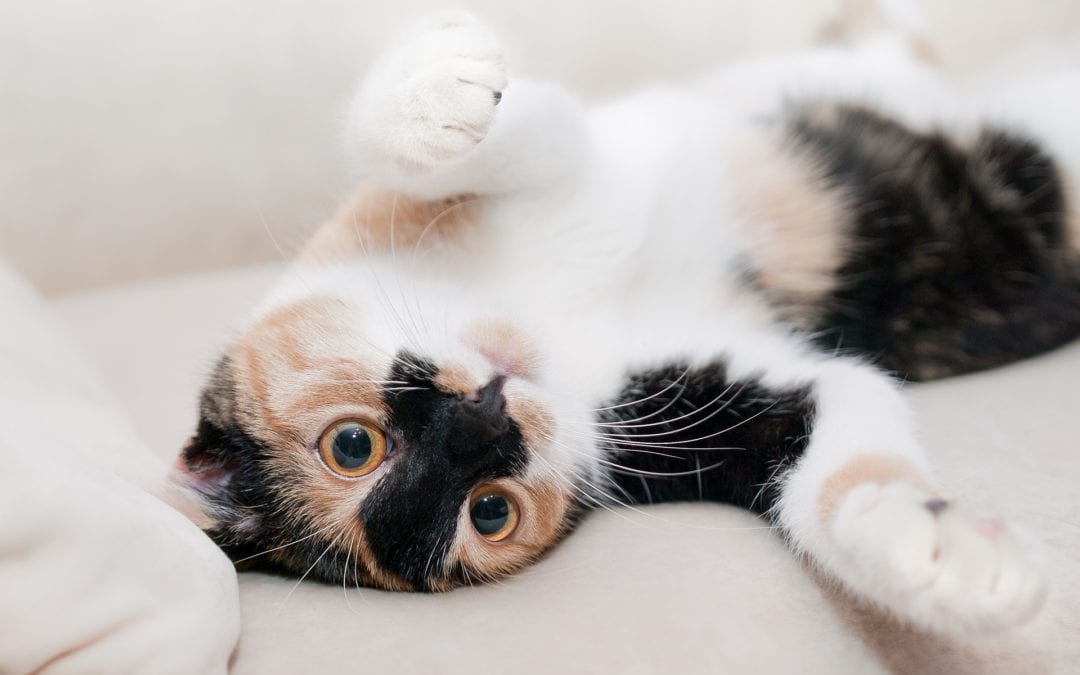Please read the articles by Blue Cross Animal Hospital and the American Animal Hospital Association. They offer an excellent explanation of why we and several other veterinarians are choosing not to offer elective declaw procedures anymore.
As times change, so does our understanding and practice of pet health care. Many things were done in the past in both human and animal care that we would no longer consider doing. In the past, fussy babies were soothed with morphine, doctors administered mercury for irregularity, and heroin to relieve a cough, and depression was treated with a lobotomy. Veterinarians “de-barked” dogs–a painful surgical procedure which was common just a couple of decades ago. Clearly, times have changed. This isn’t to say that these past practices are something to be ashamed of. Dedicated doctors and veterinarians have always tried to practice the best medicine possible with the information that they had at the time, and loving pet owners have always tried to make the best choices for their four-legged family.
However, times change, and as we learn more about pet health and behaviour, it is clearly important that we adjust our practices to always provide the best possible care for your pets. Over the years, Blue Cross Animal Hospital has stopped cropping dog ears, or docking puppy tails, believing these to be unnecessary and painful procedures. In keeping with current research, we have adjusted our vaccination protocols to avoid unnecessary vaccines and made changes to our spay and neuter age recommendations for several breeds. And now it’s time to stop declawing cats.
Why Not Declaw?
Declawing is a surgical procedure in which the first bone of each of a cat’s toes is removed; in a human, it is the equivalent of losing the top bone on each finger. Classed as a “major surgery” by the American Veterinary Medical Association, declawing is now strongly opposed by the ASPCA, Humane Society, and the American Animal Hospital Association. It is painful, and like any surgery, poses risks of complications and infection. As well, up-to-date research is showing that declawing increases the likelihood of arthritis and may have lasting negative behavioural effects. In the past, these facts were not well understood. Now that the research is adding up, we are choosing to no longer declaw cats.
But my Cat Scratches–What Should I Do?
Scratching is a natural behaviour for cats. Scratching exercises and stretches their muscles. Cats scratch to mark territory, when they are playing, or when they are stressed. You can’t teach a cat not to scratch, but you can teach them to scratch only in appropriate places.
- Keep your cat’s claws clipped. Overgrown claws can get caught on carpeting and furniture. They also make your cat feel more like he or she needs to scratch to remove the excess claw and sheath. If you are uncertain how to do this, we can show you how to clip your cat’s claws.
- Provide scratching posts and surfaces. The best way to keep your cat from scratching your furniture is to provide a surface your cat finds preferable. Scratching posts are made of corrugated cardboard or covered in sisal or carpet—experiment to determine which surface your cat prefers. If you have rugs in your home, make sure that your scratching surfaces are covered in something else so your cat can distinguish the difference. Start early with your kitten or young cat and show them that the post is for scratching by putting your kitten near the post and demonstrating the behaviour with his or her paws. Most kittens will catch on very quickly. For older cats, or to make a new scratching post attractive, you may want to spray it with Feliway pheromone spray or rub it with a bit of catnip. Give your cat praise and treats when he or she uses the scratching post. Provide two scratching surfaces: one that allows your cat to stretch horizontally and one that allows your cat to stretch vertically. Make sure that both surfaces are very stable and don’t move when the cat is using them. A cat will be put off by a tippy tower or a surface that slides around when they try to use it.
- Discourage your cat from attacking your furniture or rugs by covering it with deterrent surfaces until your cat loses interest: Put two-sided tape or packing tape on upholstered furniture. Cats don’t like the feel of either the stickiness of two-sided tape or the shiny surface on packing tape and will learn quickly that your furniture is unappealing. Protect rugs with aluminum foil, plastic sheeting, or carpet runner with the spiky side up.
- You can also try a pet-safe citrus spray such as Citrus II Odor Eliminator. Cats generally dislike citrus and will avoid surfaces that have been sprayed with it.
- Ask us about using Soft Paws. These are blunt vinyl nail caps that are glued to the claws. They have a blunt end that isn’t sharp enough to cause damage. Depending on scratching habits, they have to be replaced about every six weeks. You can do this yourself, or we can do it for you a small fee. Think of it as a pedi!

